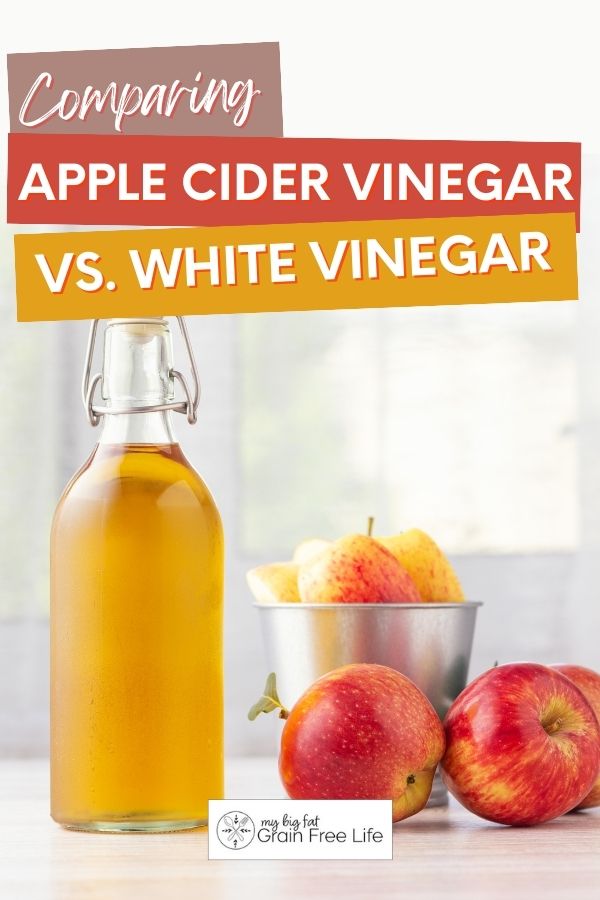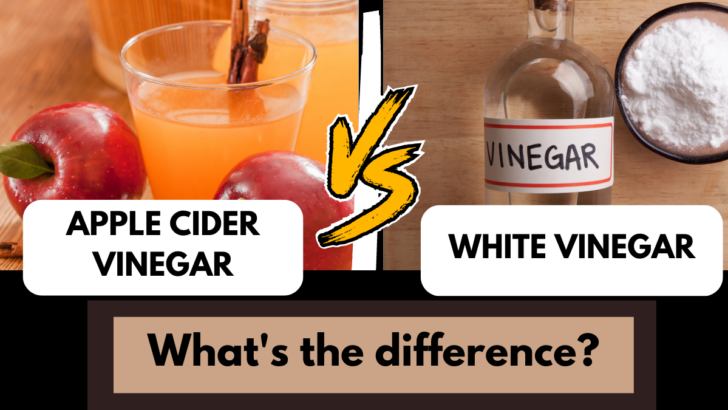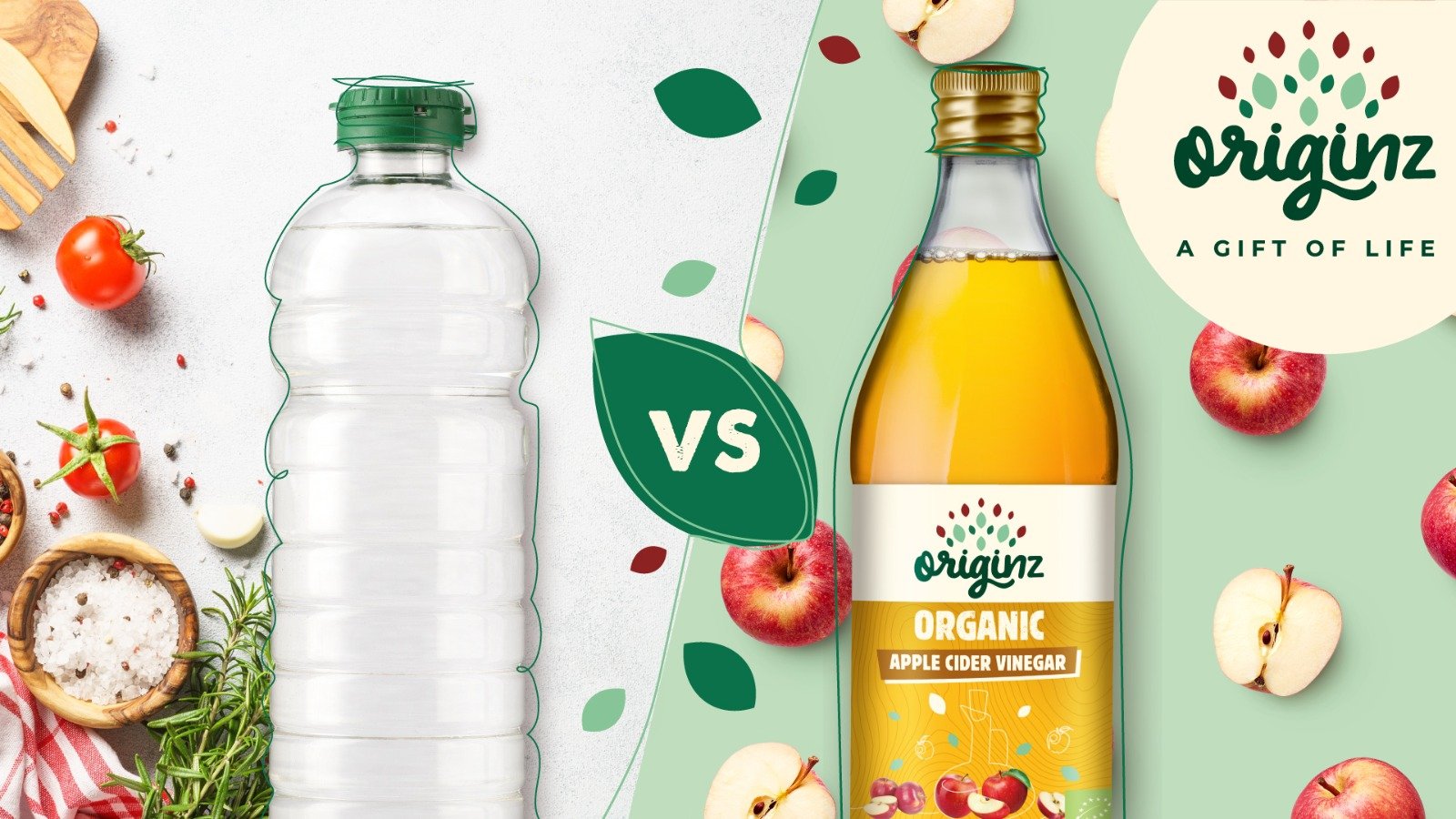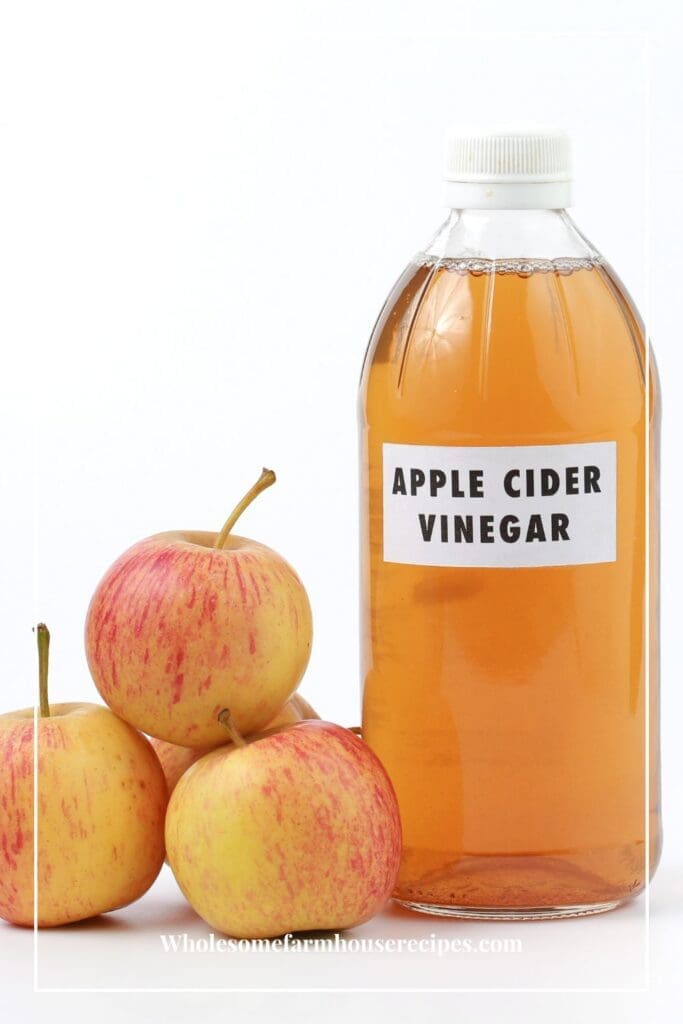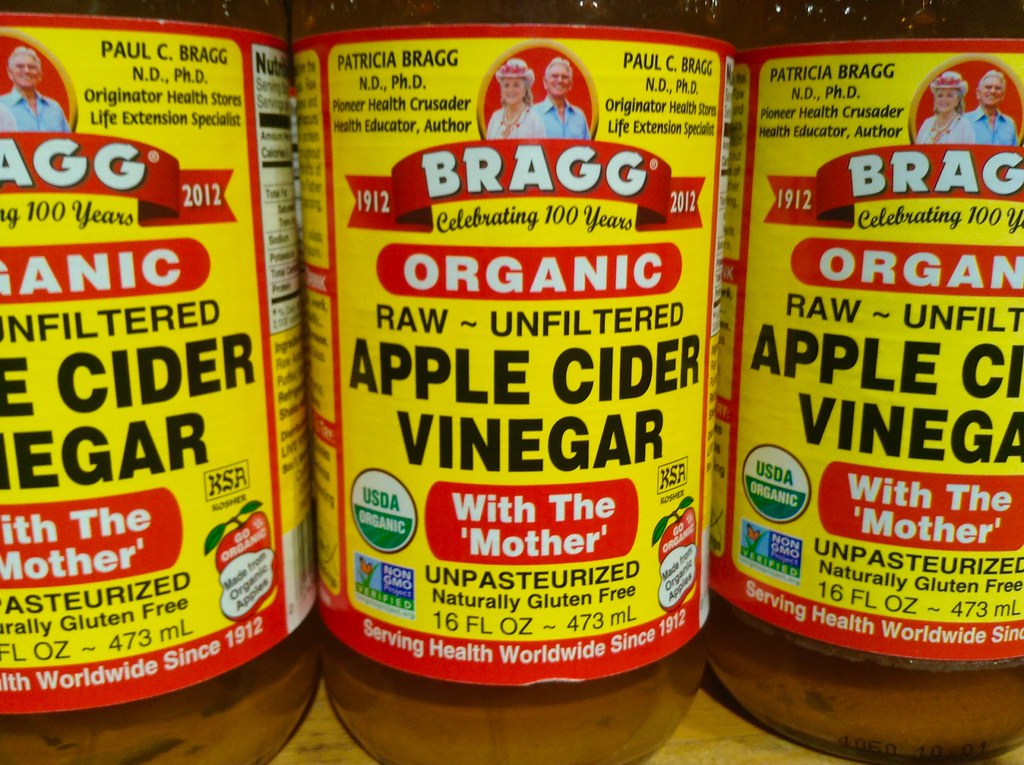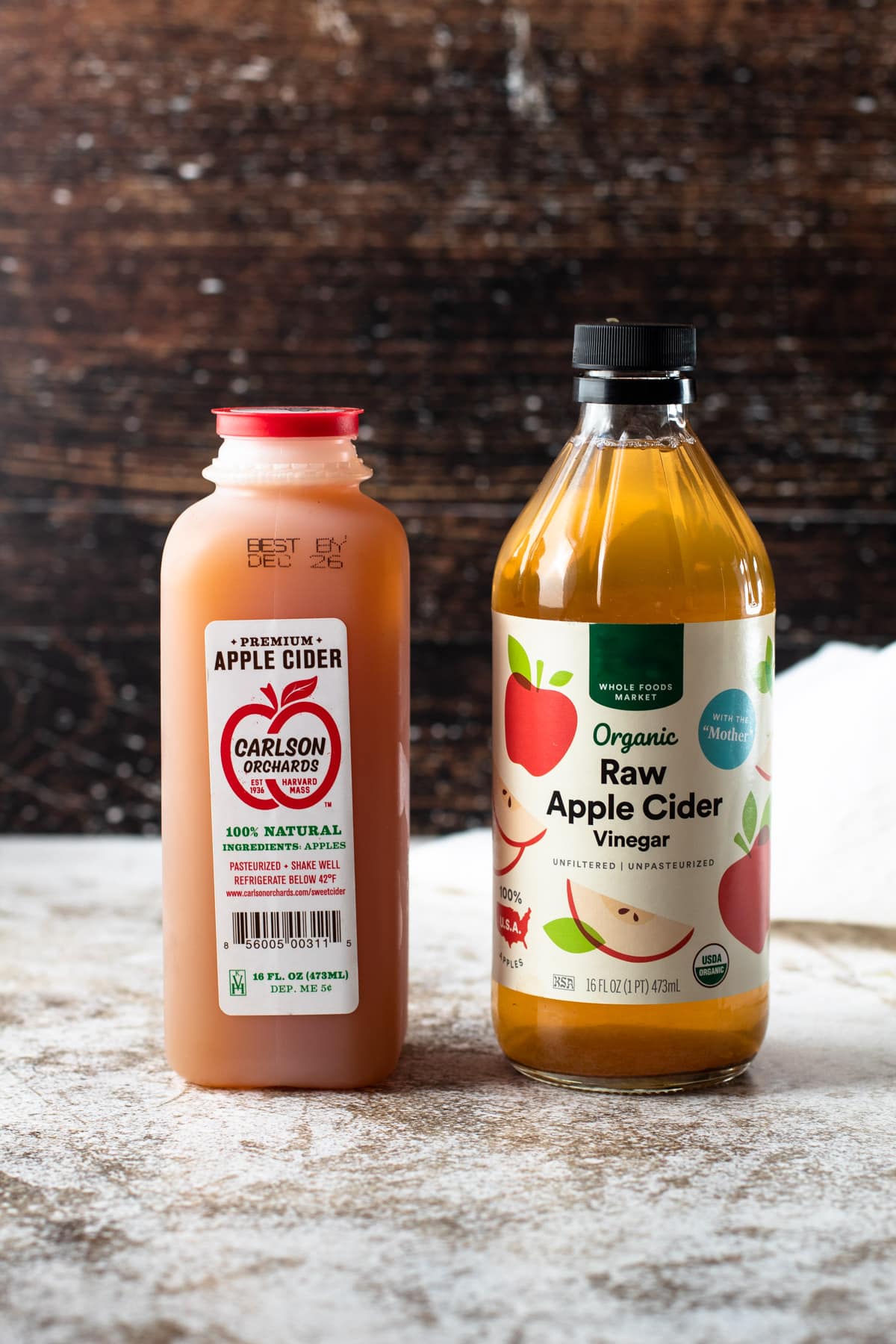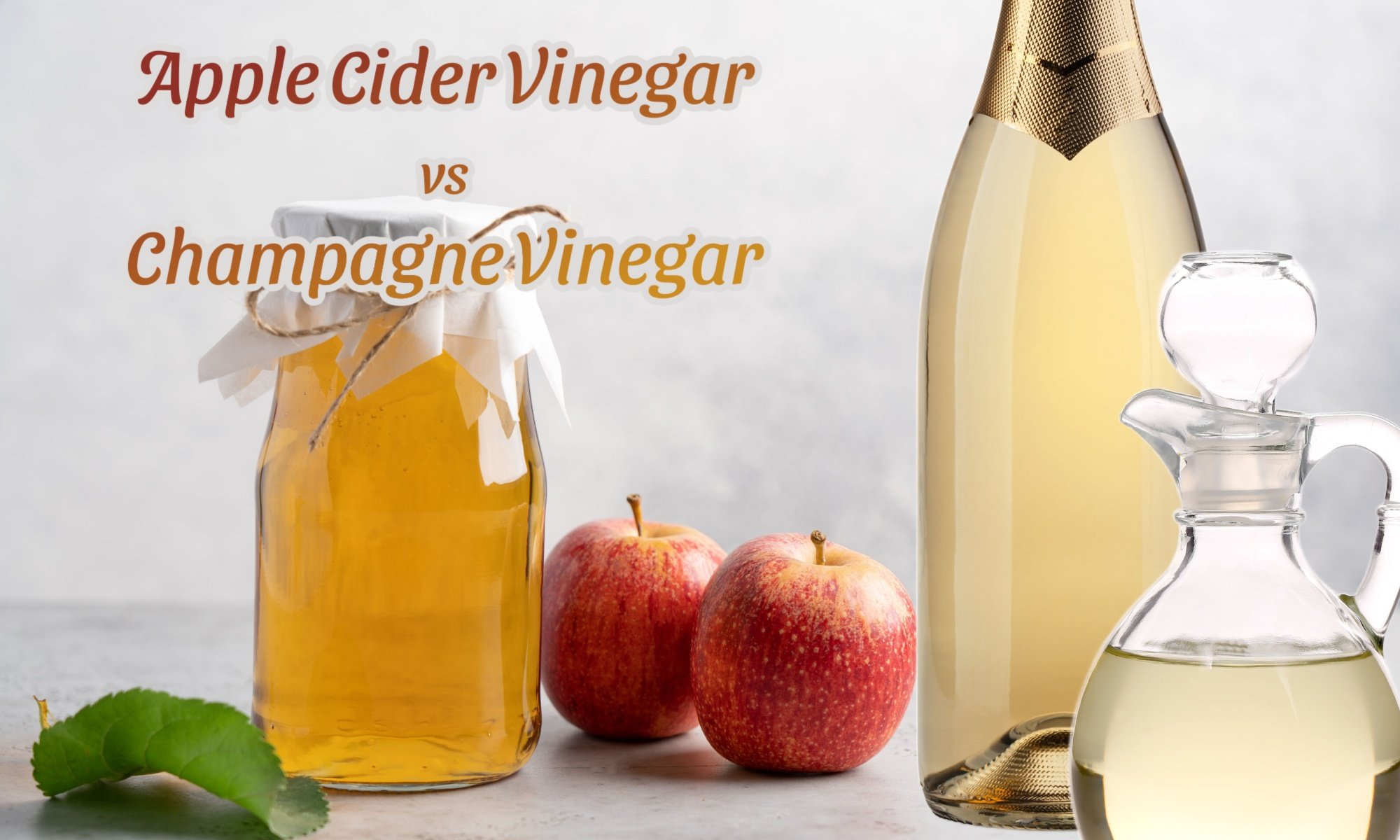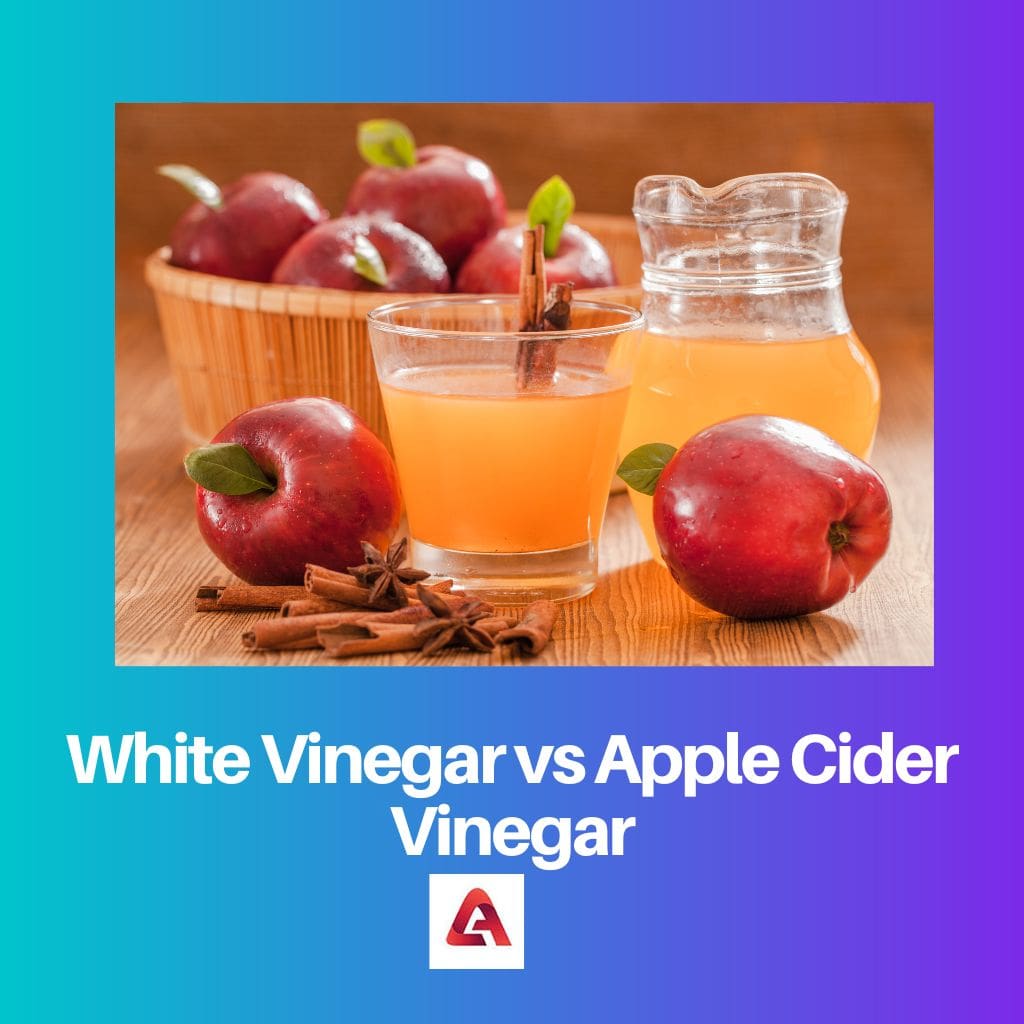Is Cider Vinegar And Apple Cider Vinegar The Same

The grocery store aisle gleams with options promising health benefits, from weight loss to blood sugar control. Among them, two familiar bottles stand out: cider vinegar and apple cider vinegar. Are they interchangeable kitchen staples, or does a subtle yet significant difference exist between them? The answer isn't as straightforward as one might think.
This article delves into the often-murky world of vinegar nomenclature to clarify the distinction – or lack thereof – between cider vinegar and apple cider vinegar. We'll explore the production processes, compositional nuances, regulatory perspectives, and consumer perceptions surrounding these popular condiments. Ultimately, we aim to equip you with the knowledge needed to navigate the vinegar aisle with confidence and make informed choices for your culinary and wellness needs.
Understanding the Production Process
Both cider vinegar and apple cider vinegar begin with the same fundamental ingredient: apples. The process involves two key stages: fermentation of apple juice into cider, followed by the conversion of alcohol into acetic acid.
First, apples are crushed, and their juice is extracted. This juice, rich in natural sugars, is then fermented by yeast, which consumes the sugars and produces alcohol, resulting in apple cider.
Next, a specific type of bacteria, known as Acetobacter, is introduced to the cider. These bacteria consume the alcohol and convert it into acetic acid, the key component that gives vinegar its characteristic sour taste and properties.
The Role of Filtration and Pasteurization
The crucial difference, if any, often lies in the processing methods that follow fermentation. Some manufacturers opt to filter and pasteurize their vinegar.
Filtration removes sediment and clarifies the vinegar, resulting in a clear, bright appearance. Pasteurization involves heating the vinegar to kill any remaining bacteria or yeast, extending its shelf life and preventing further fermentation.
However, this process can also remove beneficial enzymes and bacteria, often collectively referred to as the "mother," a murky sediment found in some unpasteurized vinegars.
"Mother" of Vinegar: A Defining Characteristic?
The "mother" is a complex colony of bacteria and cellulose created during the fermentation of alcohol into acetic acid. Proponents of unpasteurized apple cider vinegar often tout the "mother" as a source of probiotics and enzymes, contributing to the purported health benefits.
However, scientific evidence supporting the specific health benefits attributed to the "mother" is limited. While some studies suggest potential probiotic benefits from consuming fermented foods, the specific composition and impact of the "mother" in vinegar require further investigation.
Vinegars that have been filtered and pasteurized will not contain the "mother." Therefore, its presence or absence is a key differentiating factor, often driving consumer preferences.
Regulatory Definitions and Labeling
Regulatory bodies, such as the U.S. Food and Drug Administration (FDA), do not explicitly define "cider vinegar" or "apple cider vinegar" as distinct categories. The FDA's regulations primarily focus on the acetic acid content, requiring vinegar to contain at least 4% acetic acid to be labeled as such.
Therefore, from a regulatory standpoint, apple cider vinegar is technically a subset of cider vinegar. Any vinegar made from fermented apple juice and containing the required acetic acid level can be legally labeled as either.
This lack of strict regulatory differentiation allows manufacturers some flexibility in labeling, which can contribute to consumer confusion.
Consumer Perception and Marketing
Marketing plays a significant role in shaping consumer perception. The term "apple cider vinegar" has gained immense popularity in recent years, fueled by health trends and endorsements from wellness influencers.
Consequently, manufacturers often choose to label their product as "apple cider vinegar" to capitalize on this trend, even if the production process is identical to that of a less marketed "cider vinegar." The increased demand contributes to a higher perceived value.
The rise in popularity has also led to the proliferation of apple cider vinegar supplements and capsules, promising concentrated benefits without the tart taste of the liquid form.
Distinguishing Factors: A Summary
In practice, the key distinction lies in the processing and potential presence of the "mother." Unfiltered, unpasteurized apple cider vinegar, which contains the "mother," is often perceived as the more beneficial option.
Filtered and pasteurized cider vinegar, on the other hand, offers a clear appearance and longer shelf life. Both types are essentially derived from fermented apple juice and contain acetic acid.
Therefore, whether you choose cider vinegar or apple cider vinegar depends on your personal preferences and priorities. Consider whether you value the potential (though not definitively proven) benefits of the "mother" or prefer the clarity and convenience of a filtered product.
Future Trends and Research
Research into the potential health benefits of vinegar, including apple cider vinegar, continues to evolve. Studies are exploring its effects on blood sugar control, weight management, and cholesterol levels.
As scientific understanding advances, regulatory definitions and labeling practices may also adapt to better reflect the nuances of production processes and compositional differences. Consumers, in turn, can expect more transparent and informative product labeling in the future.
Ultimately, informed choices will be driven by a combination of scientific evidence, regulatory clarity, and individual needs and preferences. The future of vinegar consumption lies in a deeper understanding of its properties and its potential role in a healthy lifestyle.

